Home>Garden Essentials>What Do Canna Lily Seeds Look Like
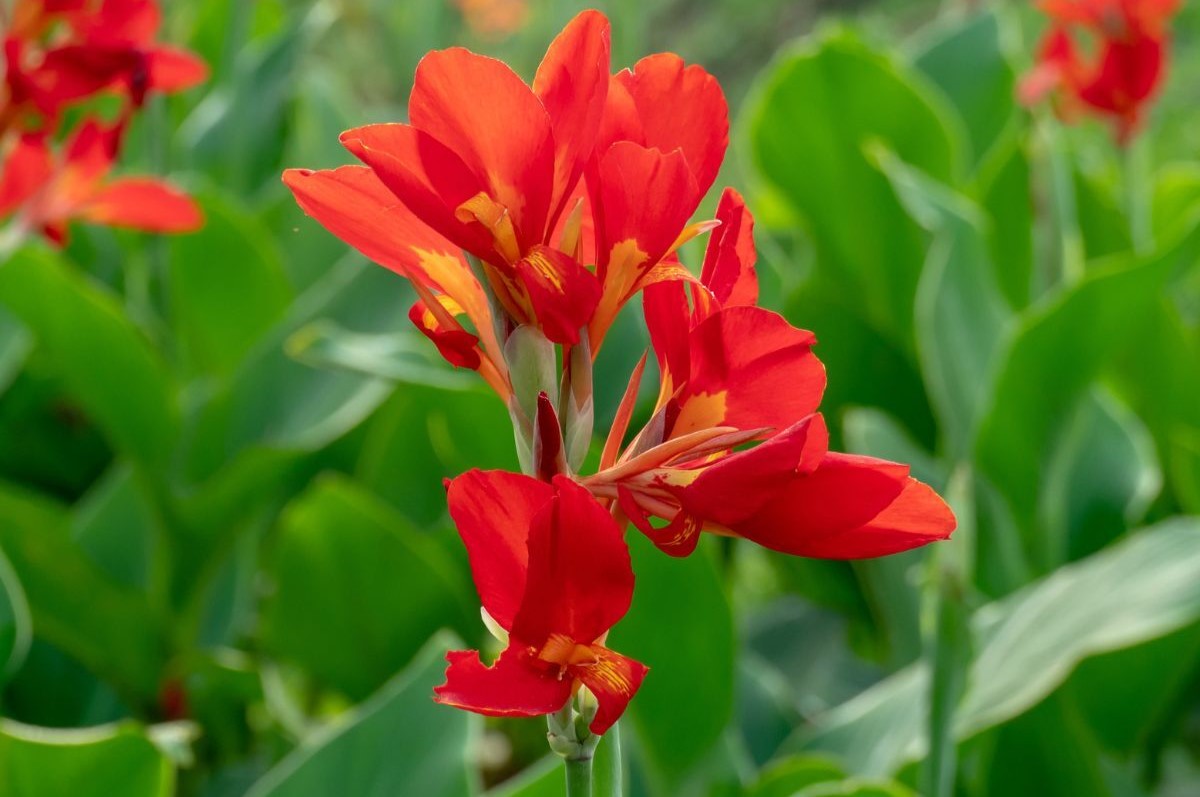

Garden Essentials
What Do Canna Lily Seeds Look Like
Modified: March 16, 2024
Discover what cannas seeds look like and how to identify them in your garden. Perfect for any gardening enthusiast looking to grow these stunning plants.
(Many of the links in this article redirect to a specific reviewed product. Your purchase of these products through affiliate links helps to generate commission for Storables.com, at no extra cost. Learn more)
Introduction
Welcome to the world of cannabis cultivation! Whether you are a seasoned grower or just starting out, understanding the characteristics of cannabis seeds is essential for a successful garden. Identifying cannabis seeds accurately can help you choose the right genetics, assess seed quality, and ensure optimal growth and development of your plants. In this article, we will delve into the fascinating details of what cannabis seeds look like, exploring their physical features, variations, and the importance of recognizing them. So, let’s dive in and uncover the mysteries hidden within those tiny seeds!
When it comes to cannabis cultivation, the saying “every seed counts” couldn’t be more accurate. Each seed holds the potential to become a thriving plant, yielding an abundance of aromatic buds. However, not all seeds are created equal, and knowing how to identify different types of cannabis seeds is crucial for a successful grow.
The physical characteristics of cannabis seeds can provide valuable insights into their strain, quality, and viability. By understanding what cannabis seeds look like, you can make informed choices when selecting seeds for germination and choose the right strains that align with your preferences and cultivation goals.
The size and shape of cannabis seeds can vary significantly depending on the strain and genetic lineage. While most cannabis seeds are small and round, some may be slightly larger or have a more elongated shape. Moreover, the color and texture of the seed coat can also provide important clues about the seed’s viability and potential health.
Additionally, cannabis seeds may exhibit unique markings and patterns, which can further indicate their strain and genetic traits. These distinguishing features are not only intriguing but also serve as a visual guide to identify specific varieties and phenotypes.
In this article, we will explore the diverse appearance of cannabis seeds, including their size, shape, color, texture, and markings. By familiarizing yourself with these visual cues, you will be well-equipped to identify different cannabis seeds, enabling you to make informed decisions for your garden. So, let’s embark on this educational journey and unravel the secrets of what cannabis seeds truly look like!
Key Takeaways:
- Cannabis seeds come in various sizes, shapes, colors, and textures, providing valuable insights into their genetics and potential for successful cultivation.
- Identifying cannabis seeds accurately empowers growers to select the right genetics, ensure quality, and anticipate the potential traits of the resulting plants.
Read more: What Do Lily Of The Valley Seeds Look Like
Importance of Identifying Cannabis Seeds
Identifying cannabis seeds accurately is of utmost importance for several reasons. Whether you are a home grower looking to cultivate your own cannabis or a commercial cultivator aiming to produce high-quality crops, understanding the characteristics of cannabis seeds is crucial for success. Let’s explore the significance of identifying cannabis seeds in more detail:
Genetic Selection: Cannabis seeds come in a wide range of strains, each with its unique set of characteristics, including growth patterns, flavors, potency, and cannabinoid profiles. By accurately identifying the seeds, you can select the genetics that align with your desired outcomes. Whether you prefer an indica-dominant strain for its relaxing effects or a sativa-dominant strain for its energizing properties, identifying the seeds allows you to choose the exact genetic composition that matches your preferences.
Quality Assurance: The appearance of cannabis seeds can provide important insights into their overall quality. Healthy seeds tend to have a firm and intact outer shell, indicating optimal seed development and maturity. On the other hand, immature or damaged seeds may appear pale, cracked, or have a wrinkled texture. By recognizing these visual cues, you can ensure that you are working with high-quality seeds that have the potential to produce vigorous plants.
Seed Viability: Identifying cannabis seeds enables you to assess their viability, or the likelihood of successful germination and growth. While some seeds may be visually appealing, they may not have the necessary genetic potential or vitality required for optimal growth. By carefully examining the size, shape, and color of the seeds, you can make informed decisions about which ones are most likely to germinate successfully and thrive in your garden.
Phenotypic Expression: Cannabis seeds can exhibit unique markings, patterns, or variations in their appearance. These visual cues can give you a glimpse into the potential phenotypic expression of the plants grown from those seeds. For example, certain strains may have specific markings or patterns that indicate their lineage or certain desirable traits. By identifying these characteristics, you can choose seeds that are more likely to produce the desired phenotypic expressions, such as specific flavors, aromas, or cannabinoid profiles.
Legal Compliance: In regions where cannabis cultivation is legal, it is important to identify and document the seeds being used. Proper identification ensures compliance with regulations, as different strains may have different legal requirements or restrictions. By accurately identifying the seeds, you can ensure that you are staying within the legal boundaries of your jurisdiction and cultivating cannabis in a responsible and compliant manner.
By recognizing the importance of identifying cannabis seeds, you can make informed decisions regarding strain selection, seed quality, viability, and compliance. Understanding the physical characteristics of cannabis seeds empowers you as a grower, giving you the tools to choose the right genetics and create a successful and rewarding cultivation experience.
Physical Characteristics of Cannabis Seeds
Cannabis seeds possess distinct physical characteristics that can provide valuable information about their strain, quality, and potential. By understanding these features, you can make informed decisions when selecting seeds for cultivation. Let’s explore the physical characteristics of cannabis seeds in more detail:
Size and Shape: Cannabis seeds generally range in size from 3 to 5 millimeters in diameter. However, it’s important to note that the size can vary depending on the strain and genetic lineage. Some seeds may be slightly larger or smaller. In terms of shape, most cannabis seeds are round or oval-shaped. Some seeds may have a more elongated or pointed shape, while others may appear more rounded.
Color and Texture: Cannabis seeds come in various colors, including shades of brown, tan, black, or even speckled patterns. The seed coat, or outer shell, can have a smooth texture or exhibit slight ridges or bumps. Healthy seeds often have a firm and intact seed coat, while immature or damaged seeds may appear pale, cracked, or have a wrinkled texture.
Markings and Patterns: Cannabis seeds can have unique markings or patterns, which can provide insights into their strain and genetic traits. These markings may be subtle or more pronounced. Some seeds may have speckles, stripes, or mottled patterns on their seed coat. These distinctive features can be fascinating to observe and can help in identifying specific varieties and phenotypes.
Seed Density: Another important characteristic is the density of the seeds. Dense seeds typically indicate mature and well-developed seeds with a higher chance of successful germination and growth. When examining seeds, gently squeeze them between your fingers to assess their firmness. Avoid seeds that feel overly soft or squishy, as they may be immature or damaged.
Glossiness: While not always present, a glossy appearance on the seed coat can indicate a healthy and viable seed. This sheen or shine is often a sign of a well-preserved and mature seed, suggesting a higher likelihood of successful germination and vigorous growth.
Understanding the physical characteristics of cannabis seeds can significantly enhance your cultivation experience. By carefully examining the size, shape, color, texture, markings, and density of seeds, you can assess their quality, viability, and potential phenotypic expression. These characteristics act as visual indicators that guide your seed selection, ensuring that you choose the best seeds for your garden and increase the chances of a successful and bountiful harvest.
Size and Shape of Cannabis Seeds
When it comes to cannabis seeds, size and shape can vary significantly. Understanding these physical characteristics can provide valuable insights into the genetics, quality, and potential of the seeds. Let’s explore the size and shape of cannabis seeds in more detail:
Size: Cannabis seeds typically range in size from 3 to 5 millimeters in diameter, but they can be smaller or larger depending on the strain. Some seeds may be as small as 1-2 millimeters, while others may reach up to 6 millimeters or more in diameter. While size alone does not determine the quality or viability of a seed, it can provide some indication of maturity and potential growth.
Keep in mind that larger seeds are not necessarily better than smaller ones. The genetic composition and overall health of the seed will play a more significant role in its growth and development. It’s important to assess other factors, such as firmness, appearance, and viability, when evaluating the quality of cannabis seeds.
Shape: Cannabis seeds come in various shapes, but most commonly, they are either round or oval. Round seeds are symmetrical with a smooth surface, while oval-shaped seeds have a more elongated and slightly pointed end. The shape of a seed is influenced by its genetic traits and interactions with the environment during the flowering stage of the plant.
It’s worth noting that the shape of a cannabis seed does not necessarily indicate its potential for growth or quality. However, certain strains may have specific characteristics associated with their shape. For example, some sativa-dominant strains may have more elongated seeds, while indica-dominant strains tend to have rounder seeds.
When selecting seeds for cultivation, choosing seeds that are consistent in shape can be beneficial for uniformity in the growth and development of your plants. However, keep in mind that natural variations in shape are normal and expected, and they do not necessarily impact the overall quality or potency of the resulting plants.
In summary, the size and shape of cannabis seeds can vary, and knowing what to expect can help you make informed decisions when selecting seeds for cultivation. Remember that the size and shape of a seed alone do not determine its quality or potential for growth. It is crucial to assess other factors such as viability, firmness, color, and overall health to ensure the best possible outcome in your cannabis garden.
Cannabis seeds are small, round, and can vary in color from light to dark brown with darker spots. They have a hard outer shell and may have stripes or mottling on the surface.
Color and Texture of Cannabis Seeds
Cannabis seeds exhibit a wide range of colors and textures, which provide valuable information about their quality, maturity, and potential for successful cultivation. Understanding the color and texture of cannabis seeds allows growers to make informed decisions when selecting seeds for their gardens. Let’s explore the significance of color and texture in more detail:
Color: Cannabis seeds can vary in color, ranging from shades of brown, tan, and black to even speckled or mottled patterns. The color of a seed is influenced by various factors, including genetic traits, maturity, and environmental conditions during seed development. While color alone does not indicate the quality or viability of a seed, it can offer important clues about its health and potential for germination.
Healthy cannabis seeds often have a consistent and uniform color, indicating optimal seed maturation. They may appear dark brown or mottled with darker spots. These seeds are more likely to have higher viability and better chances of successful germination. On the other hand, seeds that are light or pale in color may indicate immaturity or poor seed development.
It’s important to note that certain strains may have specific color variations. For example, some strains may produce seeds with a darker hue, while others may have lighter or more speckled appearances. These color variations are natural and do not necessarily indicate any quality concerns.
Texture: The texture of cannabis seeds refers to the feel or surface characteristics of the seed coat. Healthy seeds generally have a smooth and firm texture, indicating that the outer shell is intact and well-developed. When gently pressed between your fingers, they should feel solid and not easily crushable.
In contrast, immature or damaged seeds may have a wrinkled or soft texture. These seeds may appear less firm, with a more fragile outer shell. It’s important to avoid seeds with a soft or squishy texture, as they are less likely to have the necessary viability and potential for successful germination.
While the color and texture of cannabis seeds can provide useful information, it’s important to assess other factors such as seed size, shape, viability, and overall health. The combination of these characteristics gives a more comprehensive understanding of the seed’s potential for cultivation success.
Overall, understanding the color and texture of cannabis seeds is valuable for selecting high-quality seeds with optimal viability and potential for successful cultivation. While color variations are normal, it’s essential to prioritize seeds with consistent coloration and firm texture. By paying attention to these physical characteristics, you can set yourself up for a successful and rewarding cannabis growing experience.
Read more: How To Plant Canna Lily Seeds
Markings and Patterns on Cannabis Seeds
Cannabis seeds can display fascinating markings and patterns on their seed coats, providing unique visual cues that can offer insights into their genetic traits and lineage. These markings are not just aesthetically appealing but also serve as a valuable tool for identifying specific varieties and phenotypes. Let’s explore the significance of markings and patterns on cannabis seeds in more detail:
Distinctive Markings: Cannabis seeds can exhibit a range of distinctive markings, including speckles, stripes, spots, or mottled patterns. These unique patterns can vary in intensity and cover different parts of the seed coat. These markings, although visually appealing, have a purpose beyond aesthetics. They can provide insights into the genetic traits and phenotypic expression that the plant derived from the seed might possess.
Strain Identification: Certain markings and patterns can be characteristic of specific cannabis strains. For example, some strains may have seeds with dark stripes or spots, while others may showcase a speckled or mottled appearance. These distinct patterns can help identify the strain or indicate a particular genetic lineage. By recognizing these visual cues, growers can ensure they cultivate the intended strain and harness its unique characteristics.
Genetic Traits: Sometimes, specific markings or patterns on cannabis seeds can hint at the genetic traits and characteristics that the resulting plants may exhibit. These traits can include attributes such as specific flavors, aromas, cannabinoid profiles, and growth patterns. By studying and understanding the patterns on the seeds, growers can gain insights into what to expect from the plants they grow, allowing for better planning and cultivation strategies.
Phenotypic Expression: Cannabis seeds with unique markings and patterns can also provide clues about the potential phenotypic expression of the resulting plants. While genetic factors play a significant role, phenotypic expression can vary within a single strain or genetic lineage. The markings on the seeds can indicate which specific phenotype a plant may display, such as certain leaf shapes, flower structures, or growth habits. By recognizing these patterns, growers can make informed choices about the types of plants they want to cultivate.
It’s important to note that not all cannabis seeds have distinct markings or patterns. Some seeds may appear plain and lack obvious visual features. However, the absence of noticeable markings does not necessarily indicate a lack of quality or viability. Many high-quality seeds may have a plain appearance but still possess excellent genetics and potential for successful cultivation.
In summary, the markings and patterns on cannabis seeds add another layer of intrigue and valuable information to the cultivation process. By understanding and recognizing these visual cues, growers can identify specific strains, anticipate genetic traits and phenotypic expressions, and make informed decisions for their cannabis gardens. So, the next time you come across cannabis seeds with beautiful markings, appreciate the hidden potential they hold for your garden!
Common Variations in Cannabis Seed Appearance
Cannabis seeds come in a variety of appearances, with each seed possessing its unique combination of physical characteristics. These variations can be attributed to different strains, genetic traits, and environmental factors during seed development. Understanding the common variations in cannabis seed appearance can provide valuable insights and aid in identifying specific strains. Let’s explore some of the common variations in cannabis seed appearance:
Size: The size of cannabis seeds can vary significantly. Some seeds may be smaller, around 1-2 millimeters in diameter, while others can be larger, up to 6 millimeters or more. The size of the seed does not necessarily indicate its quality or potency. It’s important to consider other factors such as viability, shape, and overall health when assessing the quality of cannabis seeds.
Color: Cannabis seeds can exhibit a range of colors, including shades of brown, tan, green, and black. The color of the seed can depend on various factors such as the strain, genetic lineage, and maturity. Additionally, some seeds may have speckled or mottled patterns, which add visual interest and uniqueness. Remember that color variations are natural and do not necessarily indicate any quality concerns.
Texture: The texture of cannabis seeds refers to the feel or surface characteristics of the seed coat. Healthy seeds generally have a smooth and firm texture, indicating optimal development and maturation. However, some seeds may have slight ridges or bumps on the seed coat. It’s important to avoid seeds with soft or squishy textures, as they may be immature or damaged.
Markings and Patterns: Cannabis seeds can display a variety of markings and patterns on their seed coats. These markings can include speckles, stripes, spots, or mottled patterns. The presence of unique patterns can provide insights into the genetic traits and potential phenotypic expressions of the plant. Different strains may exhibit specific markings, helping growers identify and differentiate between various strains.
Shape: Cannabis seeds can have different shapes, with the most common shapes being round or oval. Some seeds may be round with a smooth surface, while others may have an oval shape with a slightly pointed end. While the shape of the seed does not necessarily indicate its quality, certain strains may have specific characteristics associated with their shape. For example, sativa-dominant strains may have more elongated seeds, while indica-dominant strains may have rounder seeds.
It’s important to note that while certain variations in cannabis seed appearance can provide indications about the strain or genetic traits, relying solely on visual characteristics is not enough to determine the quality or viability of the seeds. Careful assessment of other factors such as viability, firmness, and overall health is necessary to ensure successful cultivation.
Overall, the appearance of cannabis seeds can vary in size, color, texture, markings, and shape. By familiarizing yourself with these common variations, you can enhance your ability to identify different strains and make informed choices when selecting seeds for cultivation. Remember to consider multiple factors and exercise caution when evaluating seed quality for a successful and rewarding cannabis growing experience.
Conclusion
Cannabis seeds are more than just tiny specks; they hold the potential for a bountiful and successful garden. Understanding the physical characteristics of cannabis seeds is crucial for any grower, as it allows for informed decisions when selecting strains and assessing seed quality. From size and shape to color and texture, each aspect provides valuable insights into the genetics, viability, and potential of the seeds.
Identifying cannabis seeds accurately is vital for choosing the right genetics, ensuring quality assurance, and evaluating seed viability. The size and shape of seeds can vary, but it is the quality and health that truly matter. Consider factors such as firmness, appearance, and genetic lineage when assessing the viability and growth potential of the seeds.
The color and texture of cannabis seeds serve as indicators of seed maturity and quality. Look for seeds with a consistent and uniform color, indicating optimal seed maturation. Smooth and firm textures often suggest healthy and viable seeds for successful germination and growth.
Furthermore, the markings and patterns on cannabis seeds are not only visually appealing but can offer insights into strain identification, genetic traits, and potential phenotypic expression. By recognizing these visual cues, growers can select seeds that align with their desired outcomes and cultivation goals.
While variations in appearance are common, it is important to assess the overall quality and viability of cannabis seeds by considering a combination of factors. Size, color, texture, and markings provide a snapshot into the potential that lies within each seed, but growers should also evaluate factors such as vigor, fragrance, germination rates, and overall health.
As you embark on your cannabis cultivation journey, remember that identifying cannabis seeds accurately empowers you as a grower. By understanding their physical characteristics, you can make well-informed decisions, nurture your plants, and ultimately harvest a rewarding crop.
So, the next time you take a close look at cannabis seeds, pay attention to their size, shape, color, texture, and unique patterns. Marvel at the hidden potential they hold and embrace the joy of growing your own cannabis garden.
Frequently Asked Questions about What Do Canna Lily Seeds Look Like
Was this page helpful?
At Storables.com, we guarantee accurate and reliable information. Our content, validated by Expert Board Contributors, is crafted following stringent Editorial Policies. We're committed to providing you with well-researched, expert-backed insights for all your informational needs.
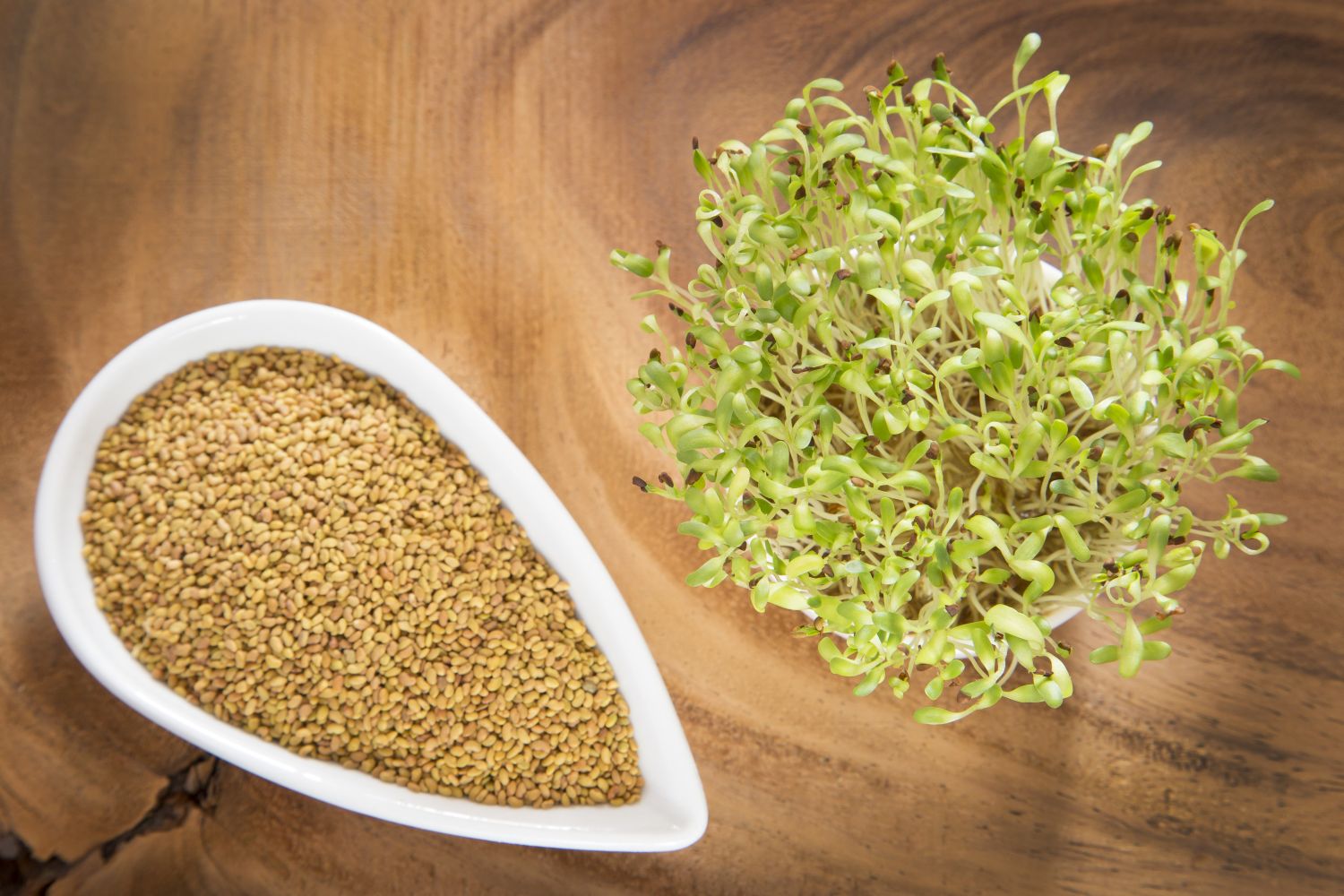
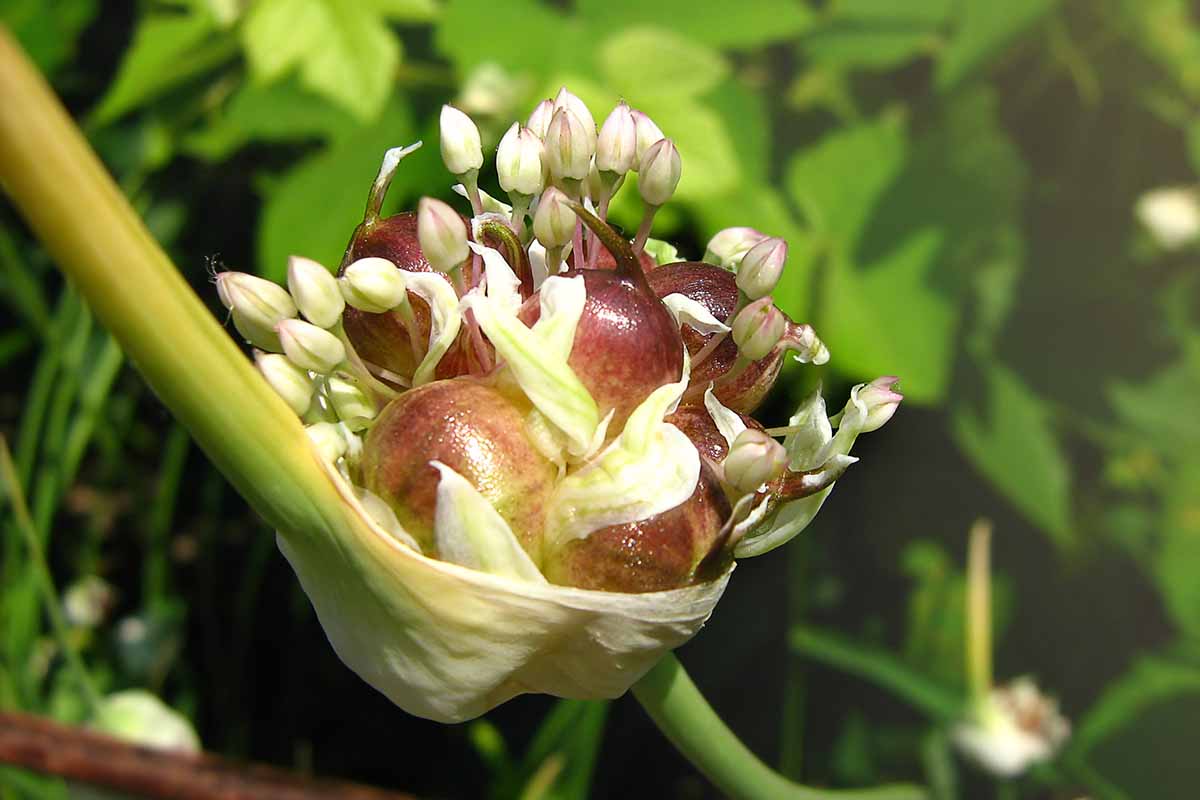
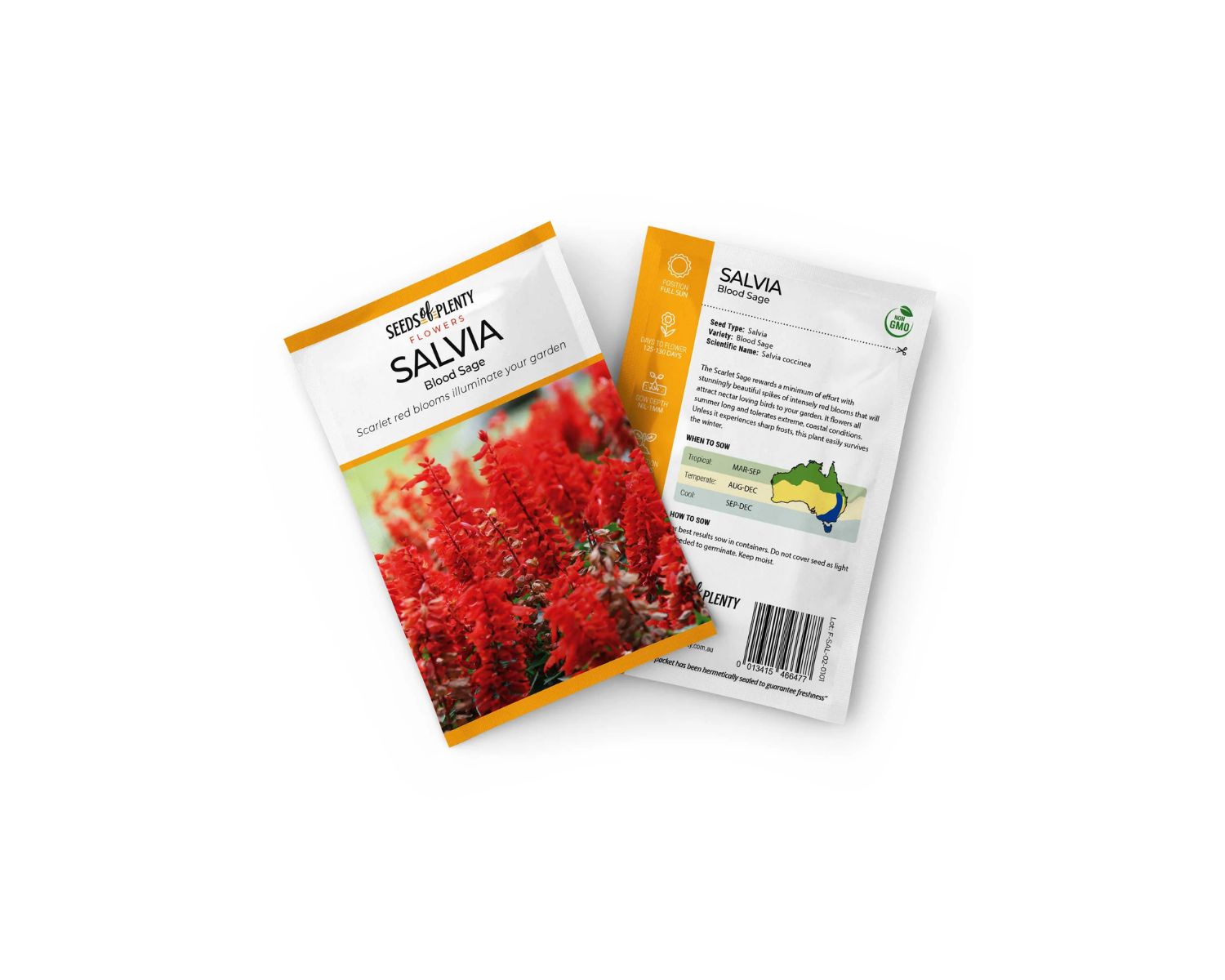
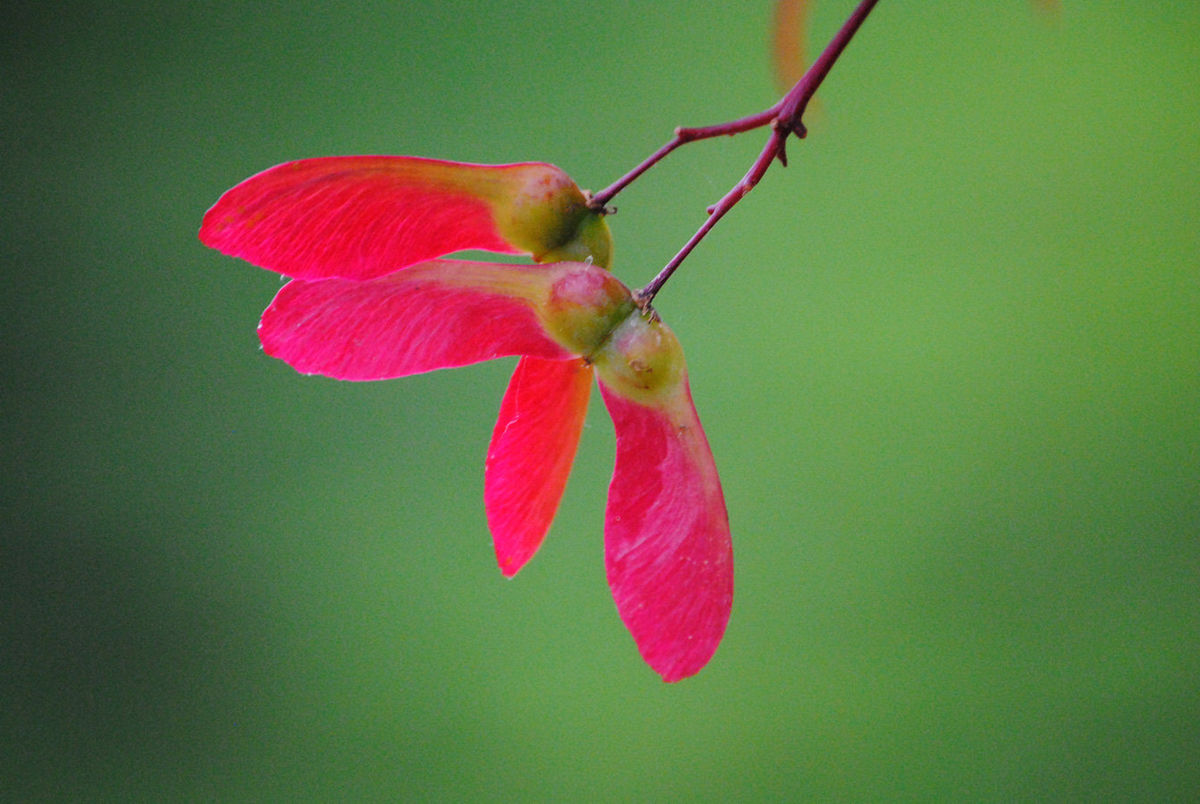
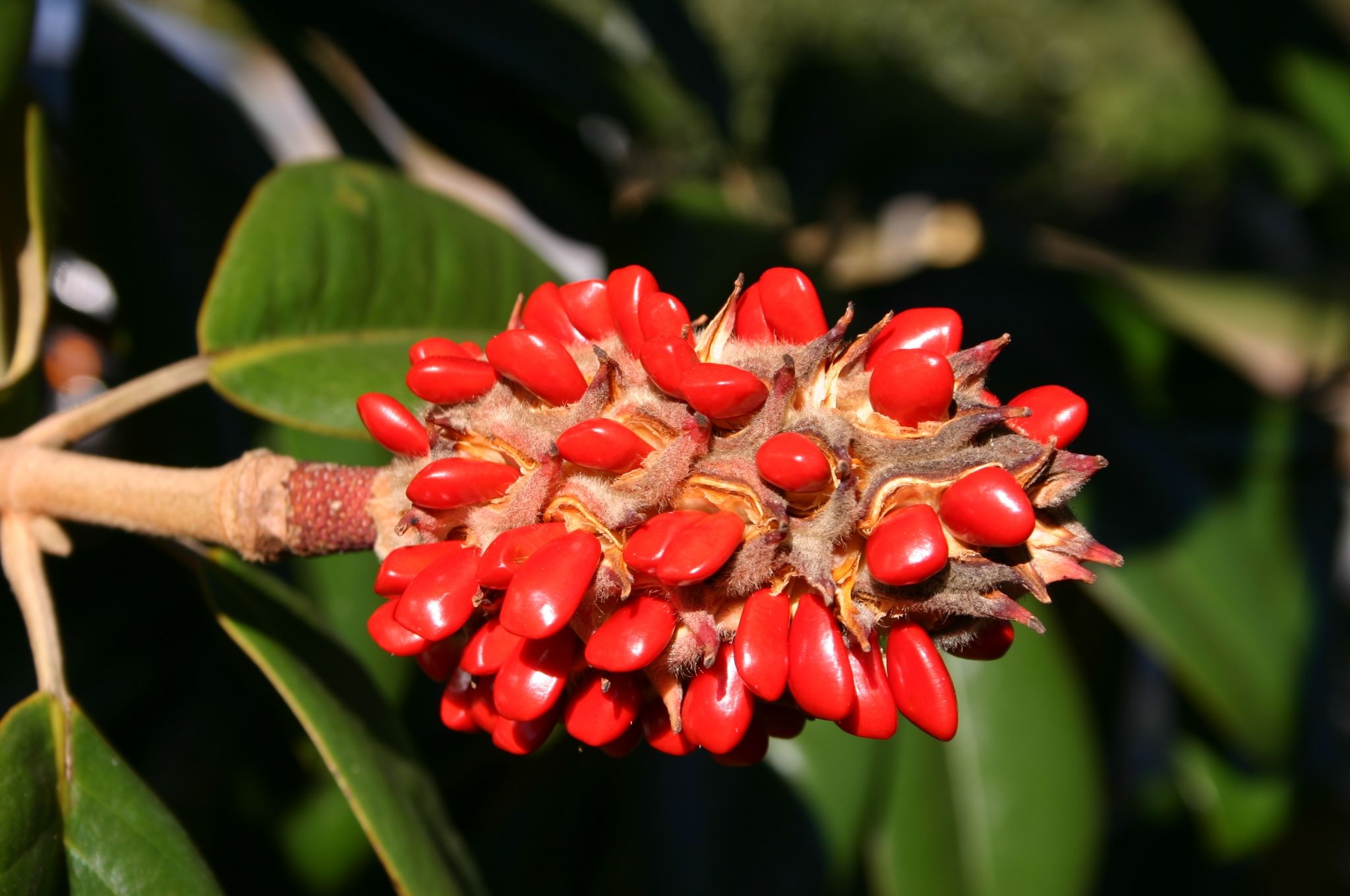
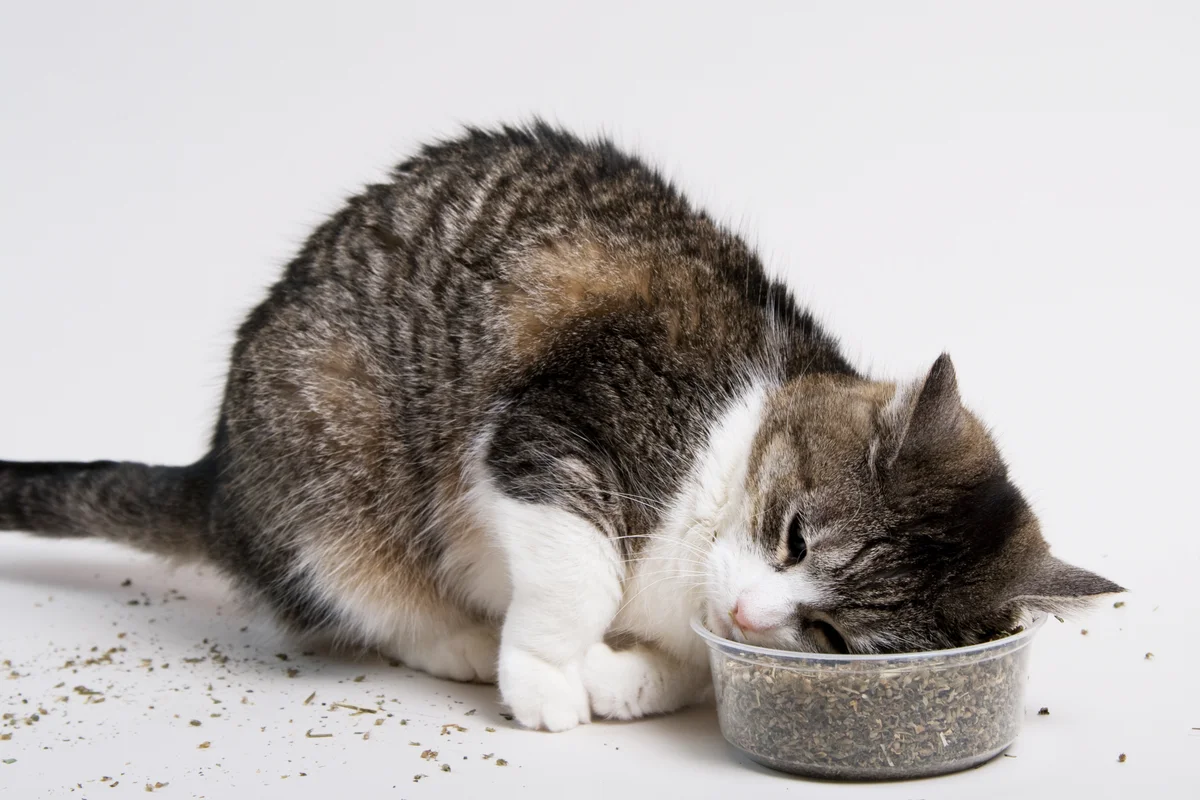
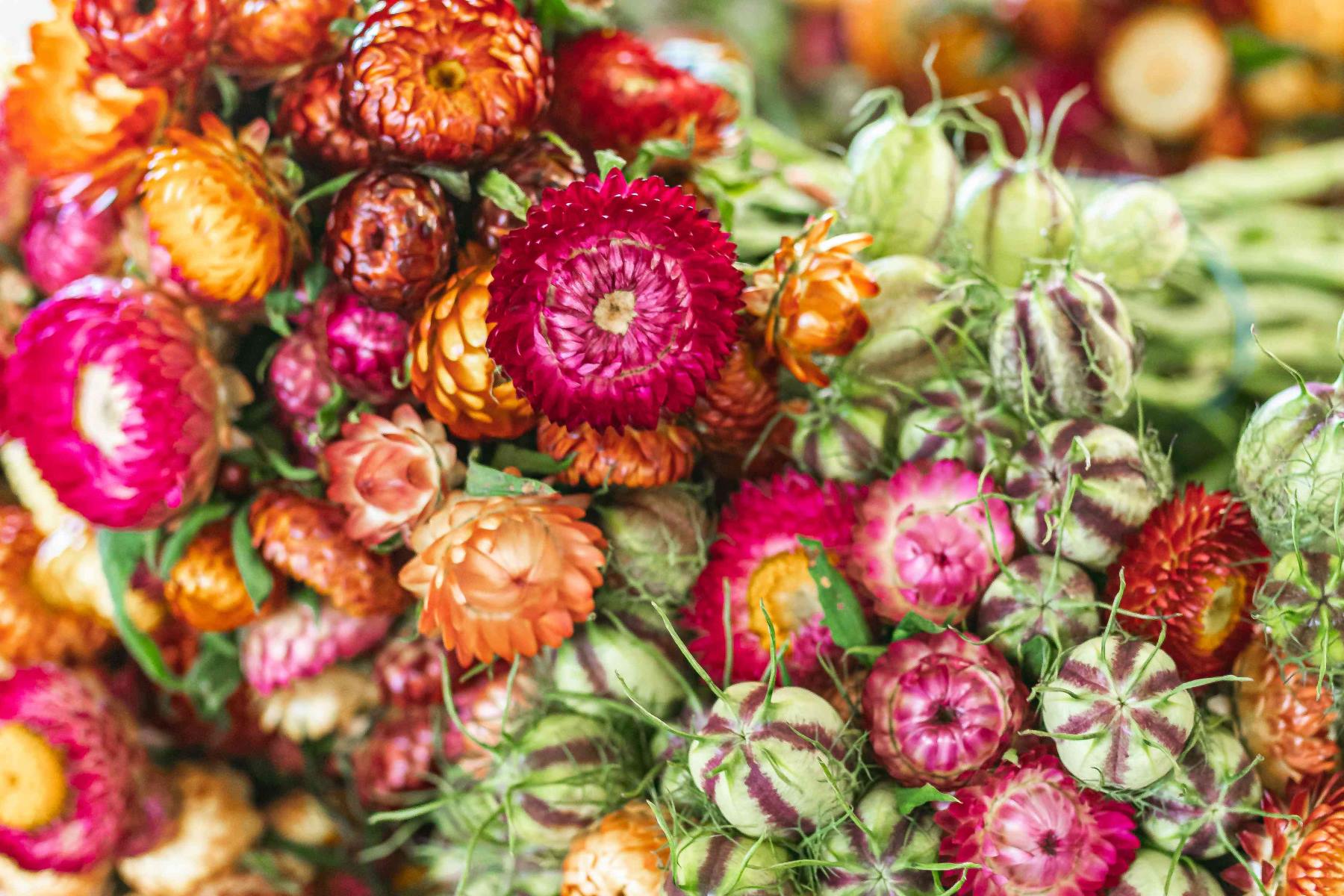
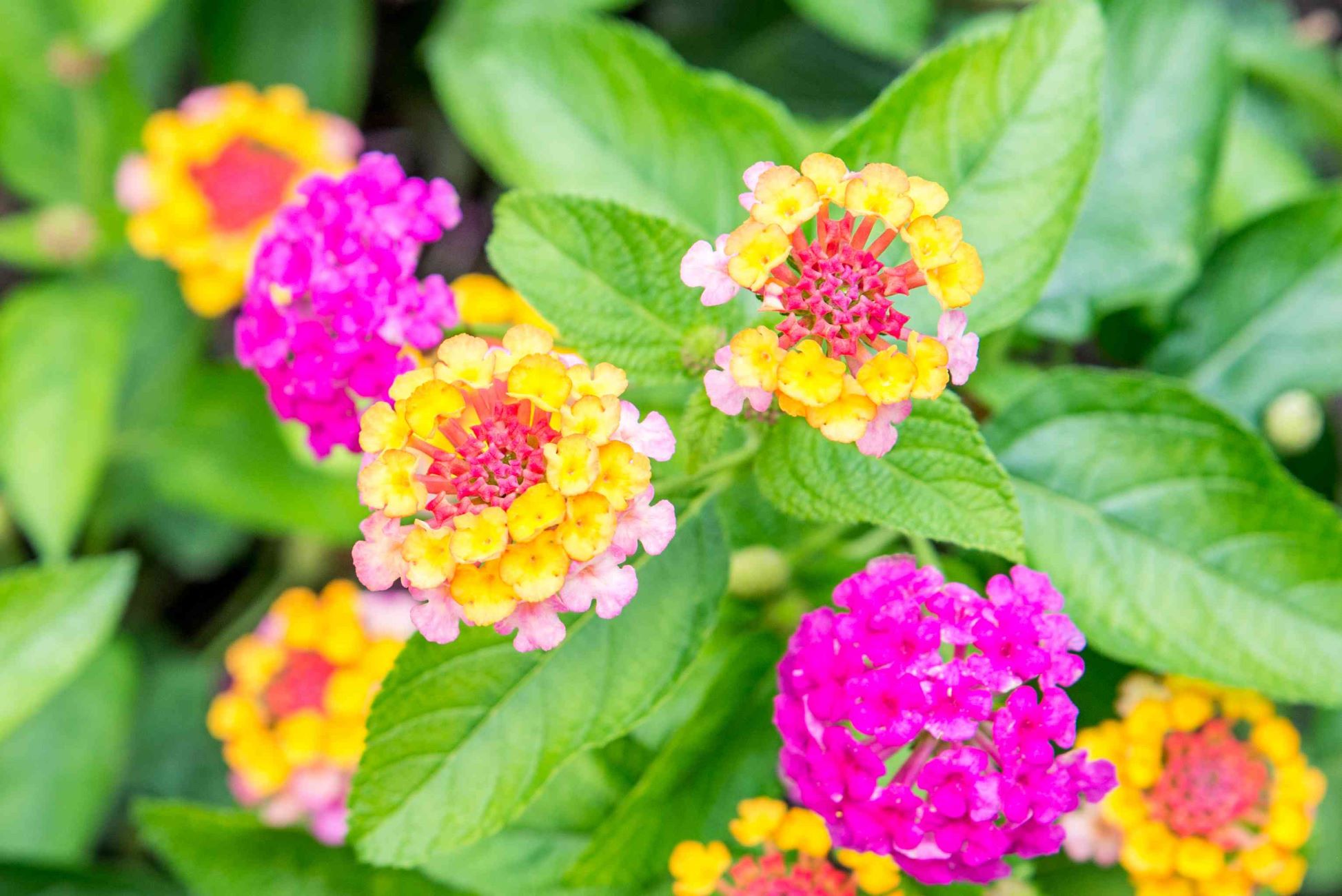
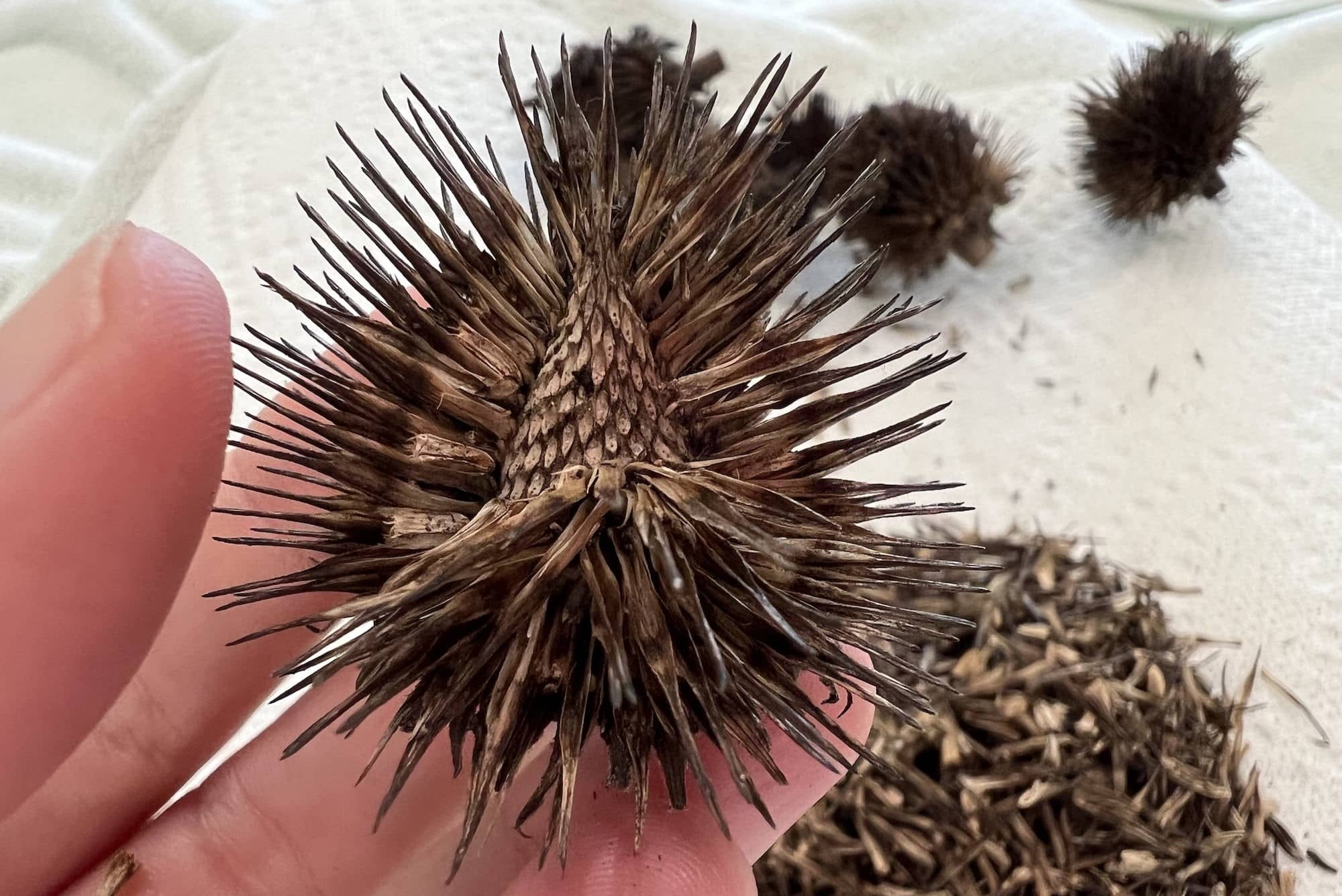
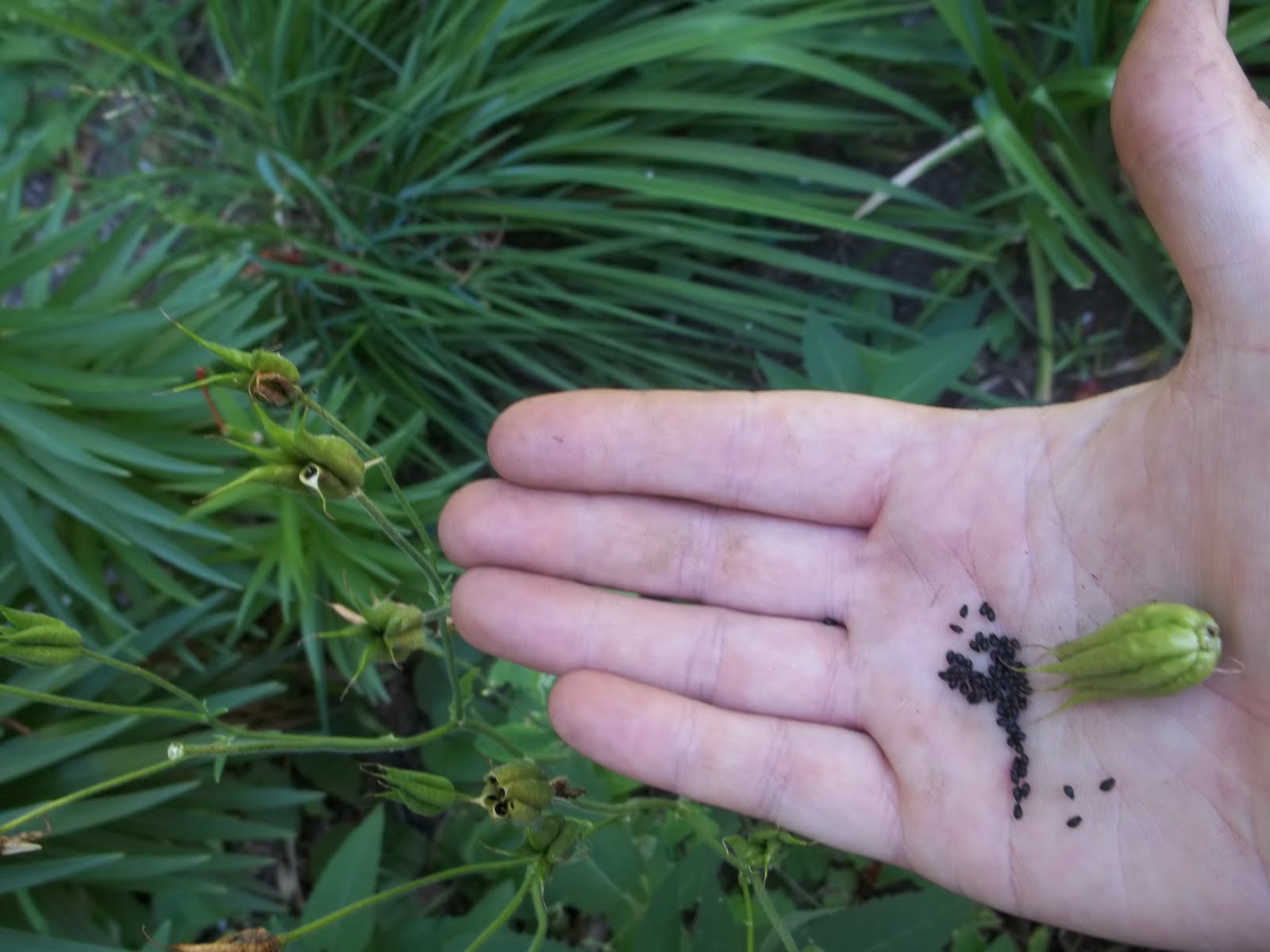
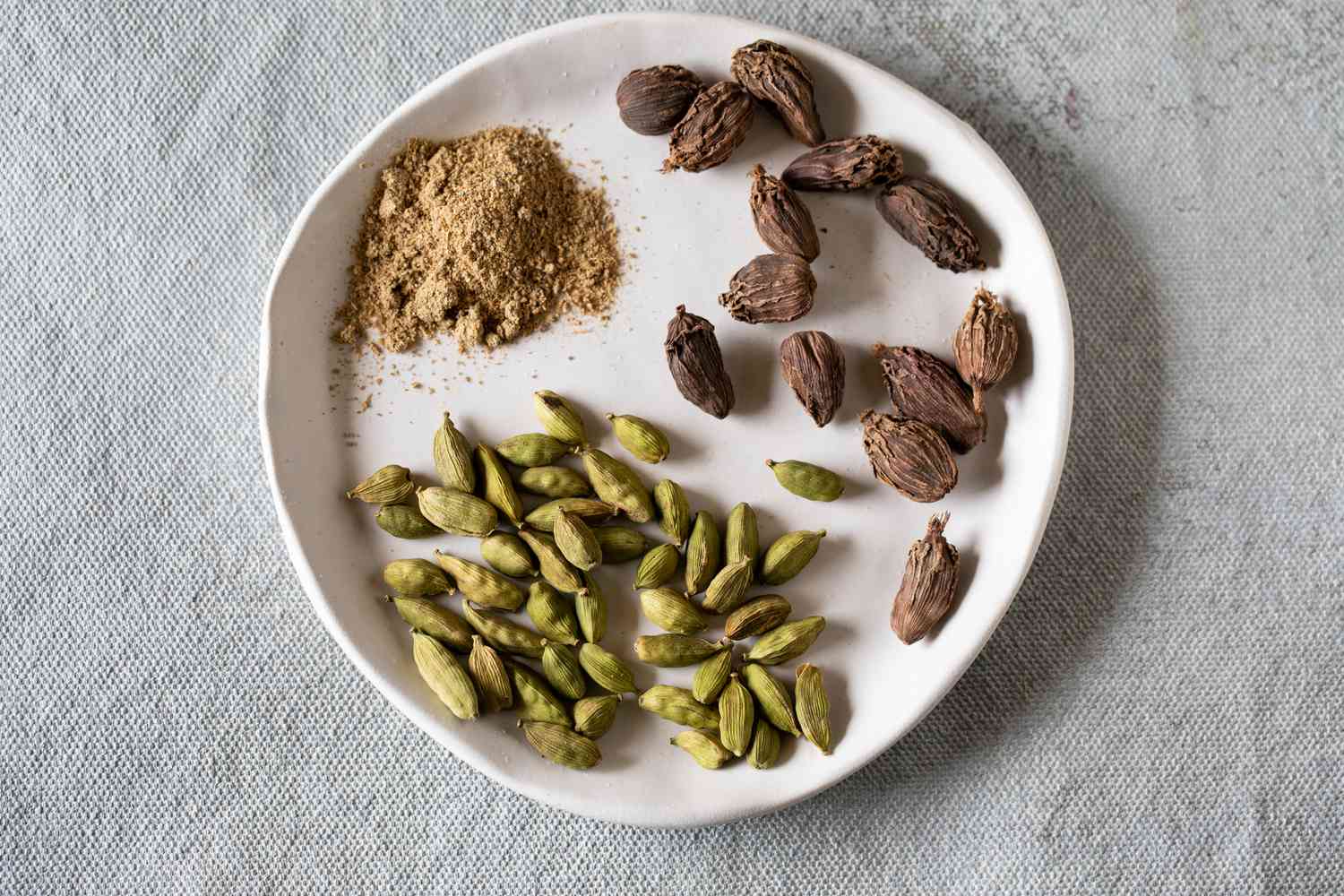
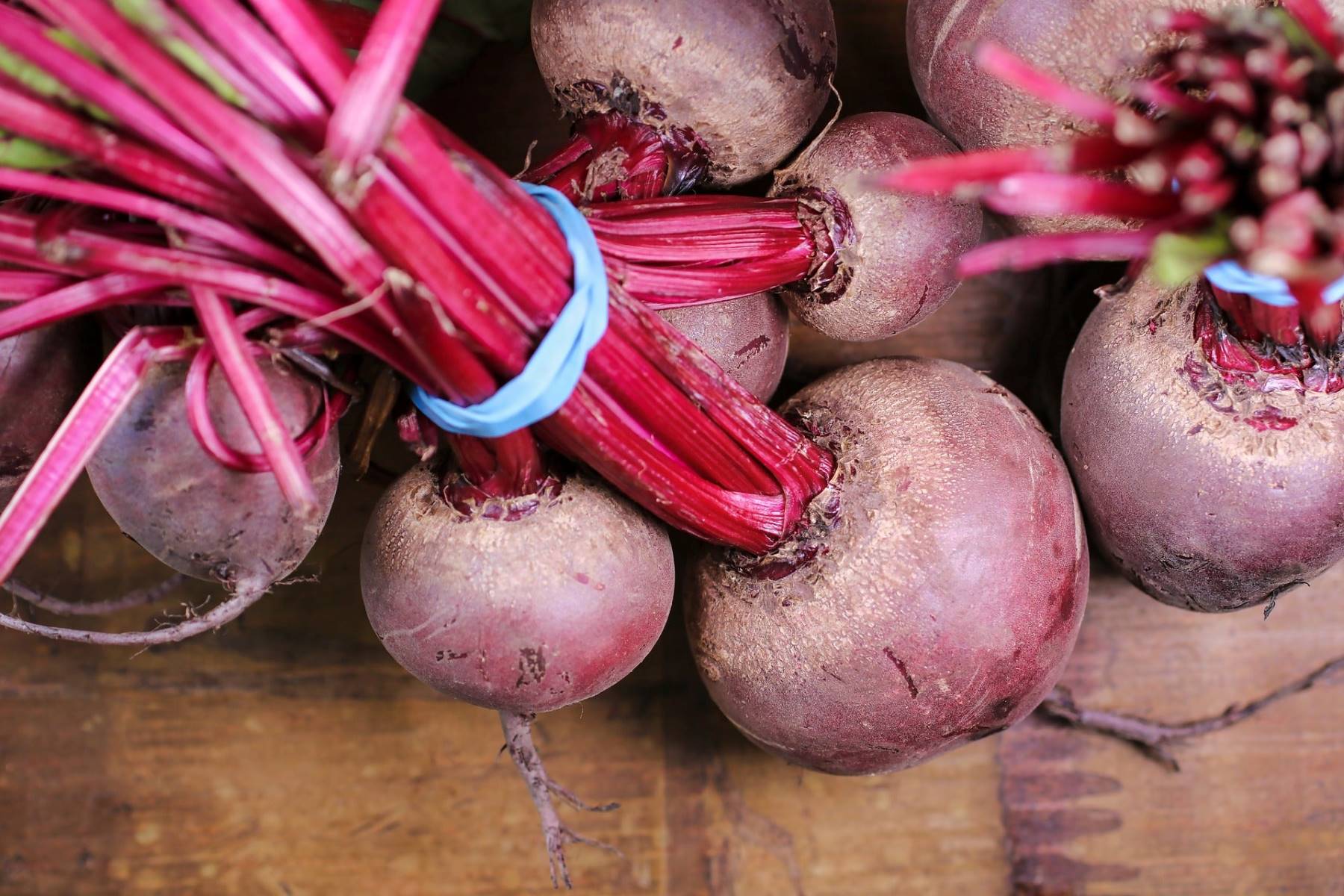
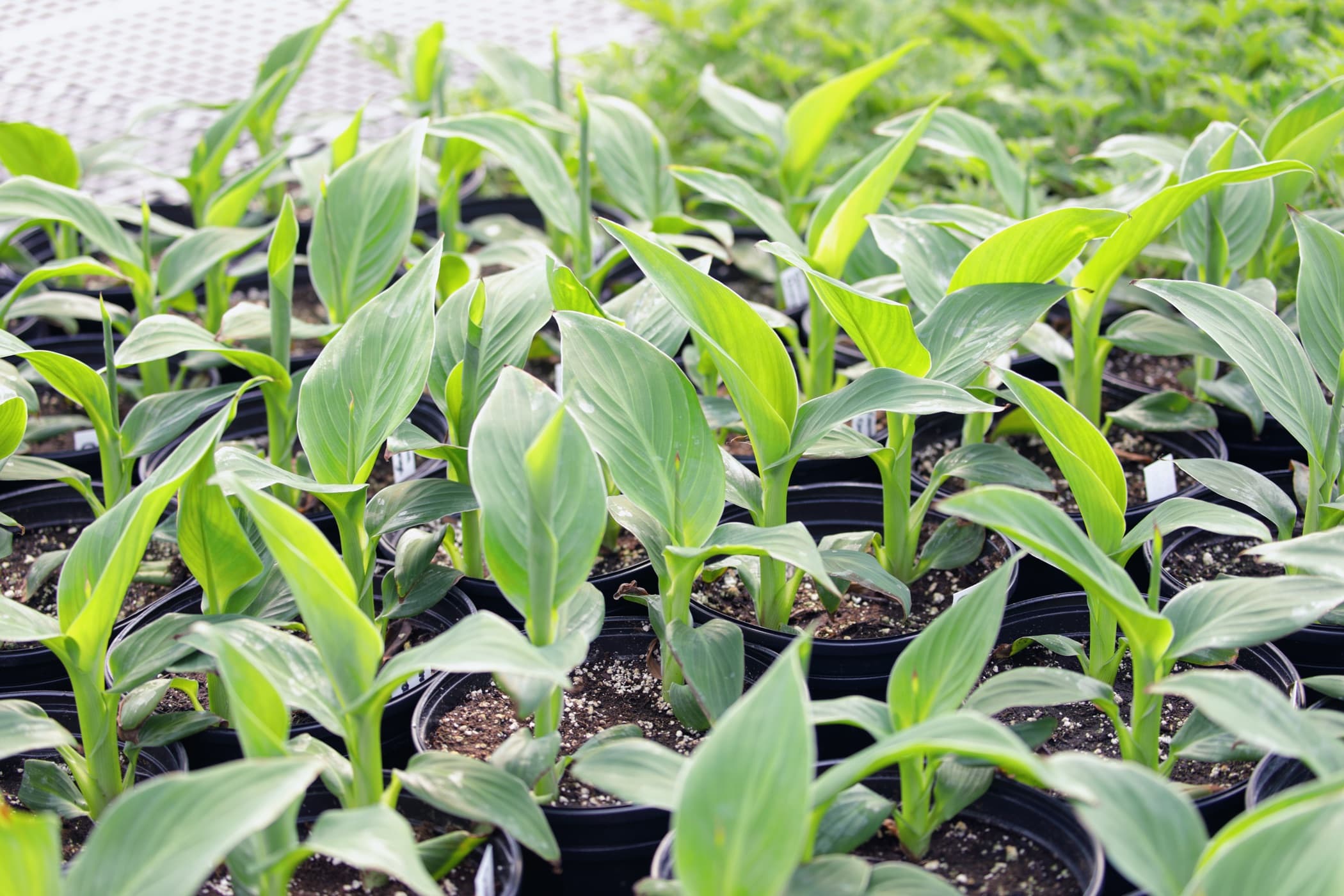
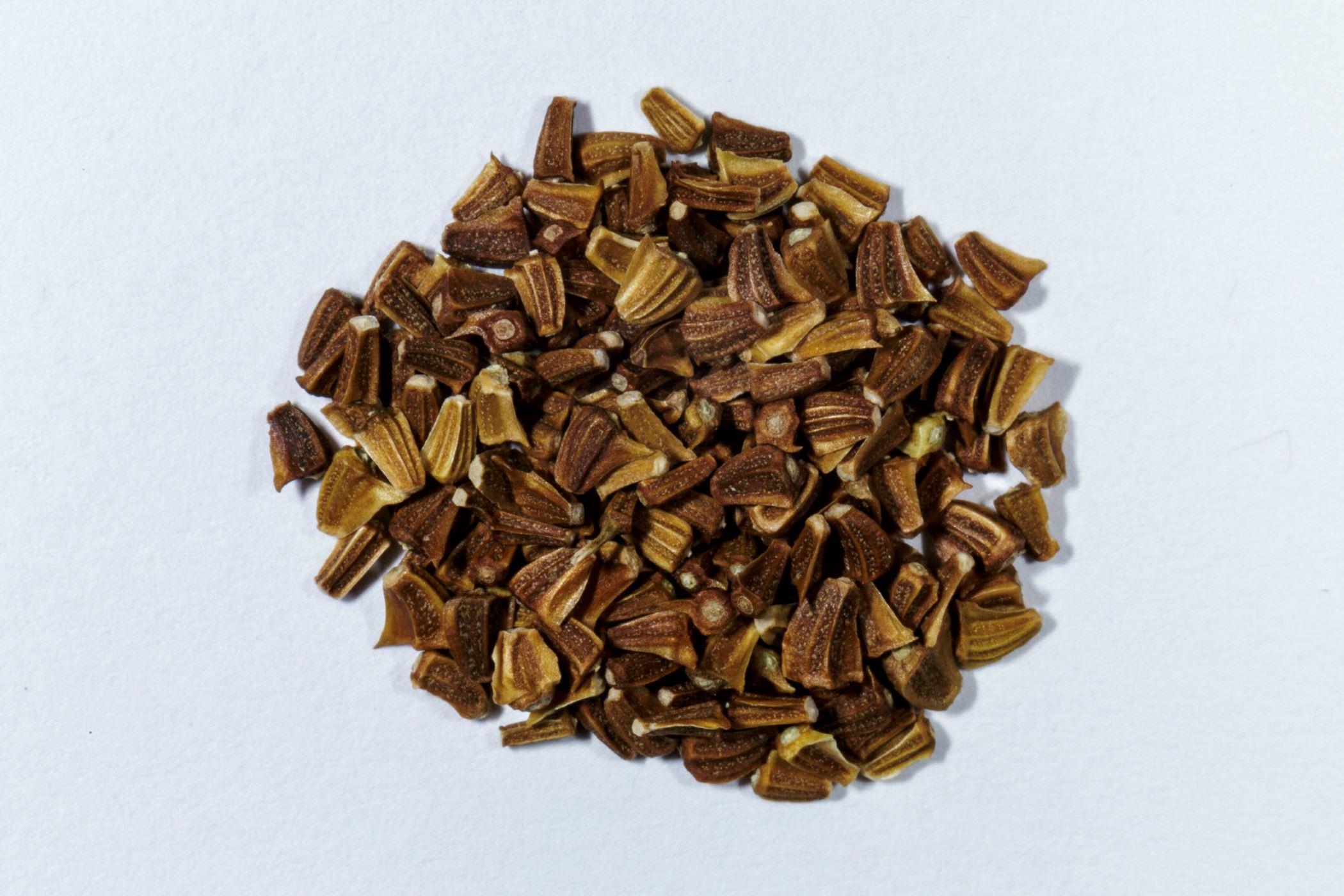

0 thoughts on “What Do Canna Lily Seeds Look Like”